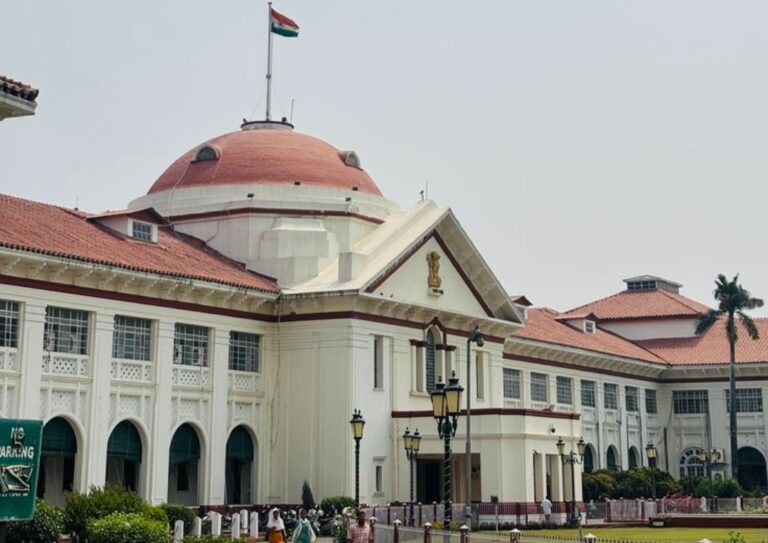The Patna High Court has delivered a landmark judgment offering relief to GST taxpayers facing issues of clerical errors in return filing. In the case of Om Traders, the Court held that mistakes in GSTR-3B can be corrected to align with the figures reported in GSTR-1, even after the return has been filed. This ruling not only quashes a demand of over ₹2.49 crore but also sets a precedent that taxpayers should not be penalized for bona fide mistakes, especially when there is no loss of revenue to the government. The judgment underscores the need for a fair rectification mechanism under GST and strengthens the taxpayer’s right to correct genuine errors.
Case Background – Om Traders vs GST Authorities
The case involved Om Traders, a two-wheeler dealer from Bihar. The dealer received a demand notice of ₹2.49 crore (including tax, interest, and penalty) for discrepancies in April 2019 GST filings.
- GSTR-1 filed on May 10, 2019 – figures reported correctly.
- GSTR-3B filed on June 20, 2019 – due to a clerical mistake, the taxable value and IGST were misreported.
When Om Traders sought correction, tax authorities rejected the request. They argued that under Section 49(5) of the CGST Act, the dealer must pay CGST and SGST again and later claim a refund of excess IGST paid.
⚖️ High Court’s Findings
The Court disagreed with the authorities, holding that:
- A taxpayer cannot be penalized for bona fide clerical mistakes, particularly when there is no revenue loss.
- Even if the GST portal does not provide a direct correction facility, authorities must allow manual rectification applications.
- Natural justice and fairness should prevail over technical rigidity.
The Court relied on earlier judgments, including:
- Aberdare Technologies Pvt Ltd (Bombay HC, upheld by Supreme Court)
- Engineers (I) Pvt Ltd
🏛️ Court’s Directions
The Patna High Court quashed both the rejection order (dated May 6, 2020) and the subsequent demand order (dated August 23, 2024).
It directed GST authorities to:
- Allow the taxpayer to submit a manual application for correction within one month.
- Complete the rectification process and resolve grievances within two months thereafter.
🔑 Key Takeaways for Taxpayers & Authorities
- ✅ Right to Rectify: GSTR-3B mistakes can be corrected post-filing if they are genuine.
- ✅ No Penalty Without Revenue Loss: Honest errors should not attract punitive demands.
- ✅ Manual Correction Allowed: Authorities must provide flexibility where the portal lacks features.
- ✅ Consistent Jurisprudence: The ruling aligns with Bombay HC and Supreme Court precedents.
- ✅ Policy Implications: May push for GST portal upgrades or rule amendments.
📅 Future Outlook – Post July 2025
From July 2025, the GST Network (GSTN) will implement a system change:
- GSTR-3B will be locked post-filing.
- Corrections will only be possible through GSTR-1A, not GSTR-3B.
This makes the Patna HC judgment even more relevant, emphasizing the urgent need for robust rectification mechanisms to safeguard taxpayers against unintentional filing errors.
📌 Conclusion
The Patna High Court ruling in Om Traders’ case reinforces the principle that substance must prevail over form in GST compliance. Taxpayers now have judicial backing to correct genuine mistakes in GSTR-3B, ensuring fairness and preventing unnecessary litigation.
